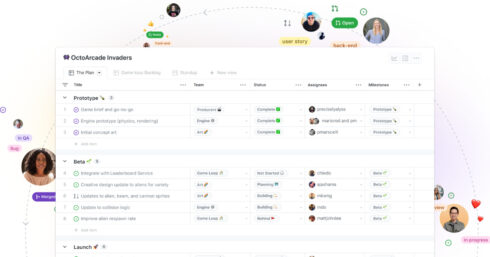
GitHub announced the general availability of the new Projects powered by GitHub Issues. The new version connects planning directly to the work that teams are doing on GitHub.
“The new GitHub Projects connects your planning directly to the work your teams are doing in GitHub and flexibly adapts to whatever your team needs at any point. Built like a spreadsheet, project tables give you a live canvas to filter, sort, and group issues and pull requests. You can use it, or the accompanying project board, along with custom fields, to track a sprint, plan a feature, or manage a large-scale release,” Mario Rodriguez, the vice president of product at GitHub wrote in a blog post.
The new GitHub Projects enables users to group and pivot their issues by stage, priority, status, assignee, or any custom field.
Users can also define priorities, labels, assignees, OKRs, reviewers, QA stages, and other concepts with a type system that adapts to users’ processes and workflows.
To make charts more easy to use, GitHub Projects enables configuring and tracking cycle velocity, current work status, and complex visualizations like cumulative flow diagrams.
“Software teams no longer have to spend hours updating issues, keeping spreadsheets up-to-date, and generating status reports. With built-in workflows and robust APIs, you can enlist robots to automate as much of the process as possible so that you can focus on the critical items,” Rodriguez added.
Over the next two quarters, GitHub said it will focus on the continuous improvement of the day-to-day scenarios. This includes adding parent-child, duplicate, depend on, and block relationships in issues and projects to keep everyone aligned, new automation capabilities with custom triggers, conditionals, and action logic. A new timeline layout will support group-by to quickly segment the work by team, initiative, or product line. A GitHub Mobile experience will also be available.






